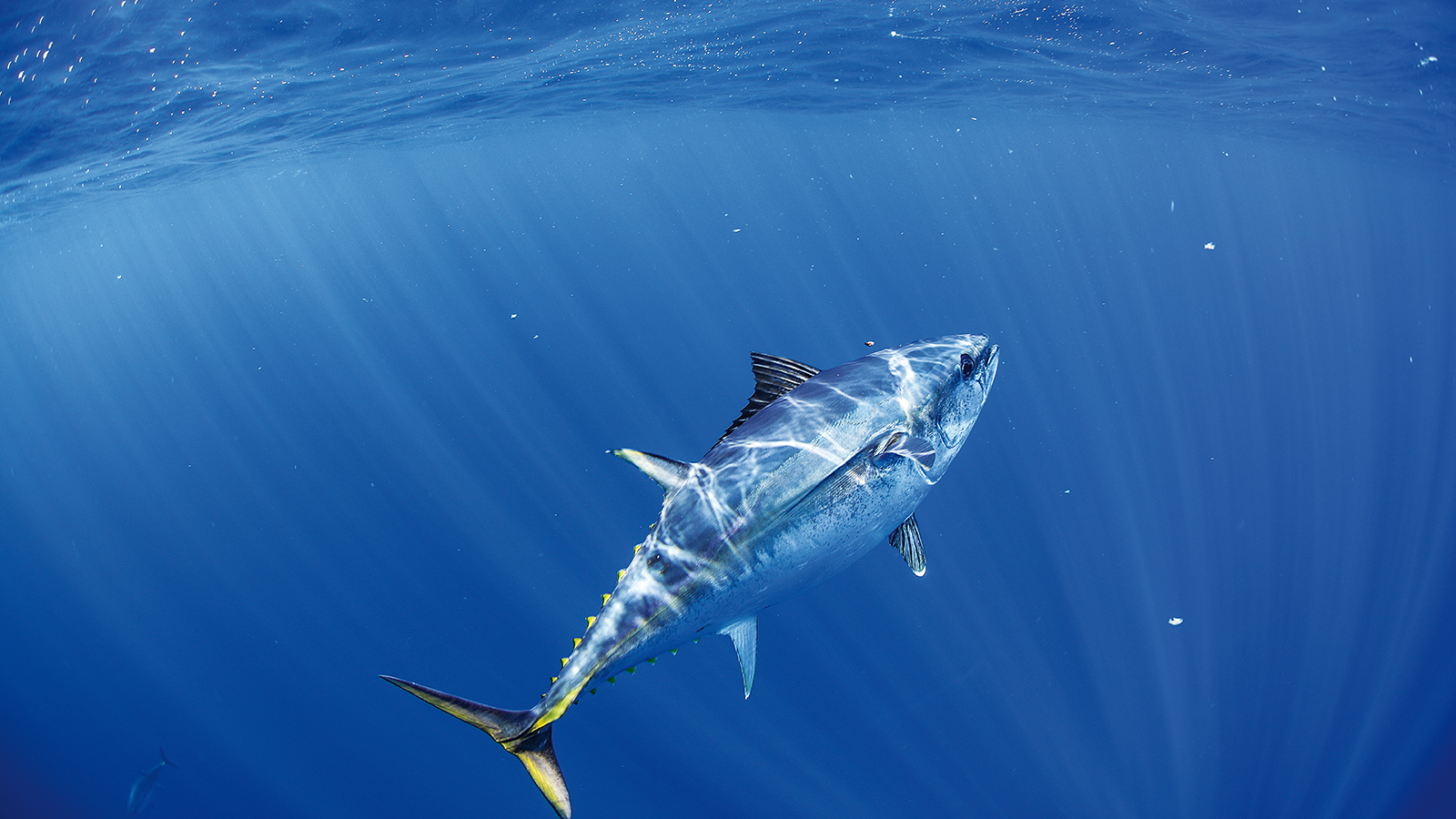The incidence and severity of summer mortality is increasing with rising sea water temperatures and more severe ocean heat wave events in Southern Australia. One promising way that the abalone industry could mitigate against exposure to this problem is to improve abalone genetics in a way that makes farmed abalone more resilient to the stresses causing summer mortality. The genetic component or heritability of resilience to summer mortality on-farm in Australian abalone remains unexplored, but resilience to similar stresses has been found to be heritable in fish and shellfish, and we therefore believe there is scope for genetic improvement to buffer farmed populations against such effects in the future. Our own experiments on temperature tolerance have shown that the more specific temperature tolerance trait is lowly heritable (Yumbah Aquaculture data). But temperature tolerance may be a different trait to resilience to summer mortality, and optimisation of test conditions, and more testing, is needed to confirm this. We have also identified genes responding to temperature stress in Haliotis laevigata that are more highly resilient to higher temperatures (Shiel, et al., 2020) and have detected genes showing selection signatures in Haliotis laevigata in areas where sea surface temperatures are higher (Sandoval-Castillo, et al., 2018). Some of the genes identified include those known in other species to influence tolerance to high temperatures or low oxygen concentrations, including 13 genes with functions affecting aerobic metabolism, ATP energetics, glucolysis or energy processes (e.g. cytochrome c oxidase with a key role in mitochondrial respiration). This past work by Principal Investigator NR points to the strong possibility of being able to harness temperature tolerant genotypes for the genetic improvement of farmed Australian abalone, but further work is needed to validate whether these particular genes could harbour potential markers for resilience to summer mortality and to validate the presence of resilience and the heritability of the trait in farmed populations.
Genomic selection is now being implemented by the abalone industry for improving growth rate (NR and RP, CM and LV’s work with Yumbah), and genomic selection has proven to be especially advantageous in instances when trait heritability is low and the trait is affected by many genes of small to moderate size effect on resistance (e.g. for white spot syndrome virus resistance in white-legged shrimp, Lillehammer, et al., 2020) and is also likely for resilience to summer mortality. In instances in other species where there are genes of very large effect on the trait (e.g. for resistance to infectious pancreatic necrosis in Atlantic salmon, Houston, et al., 2008a; Houston, et al., 2008b; Moen, et al., 2009; Moen, et al., 2015) marker assisted selection has proven to be highly effective (Kjøglum, et al., 2008; Storset, et al., 2007; Yoshida, et al., 2019). We have designed a single experiment that will allow us to investigate the possibility for using these two different approaches for genetic improvement (marker assisted selection and genomic selection) and to evaluate how effective one round of genomic selection for resilience to summer mortality could be.
Genomic selection has already been predicted to be an efficient method (more effective than marker assisted selection) for use to improve heat tolerance in Pacific abalone Haliotis discus hannai (Liu, et al., 2022, using an experimentally induced increase in sea water temperature for H. discus held in recirculating aquaculture tanks). In this case the heritability of the heat tolerance trait was moderate, and several markers and candidate genes associated with resilience were identified. These same genes can also be checked for association with resilience to summer mortality in our study of H. laevigata.







